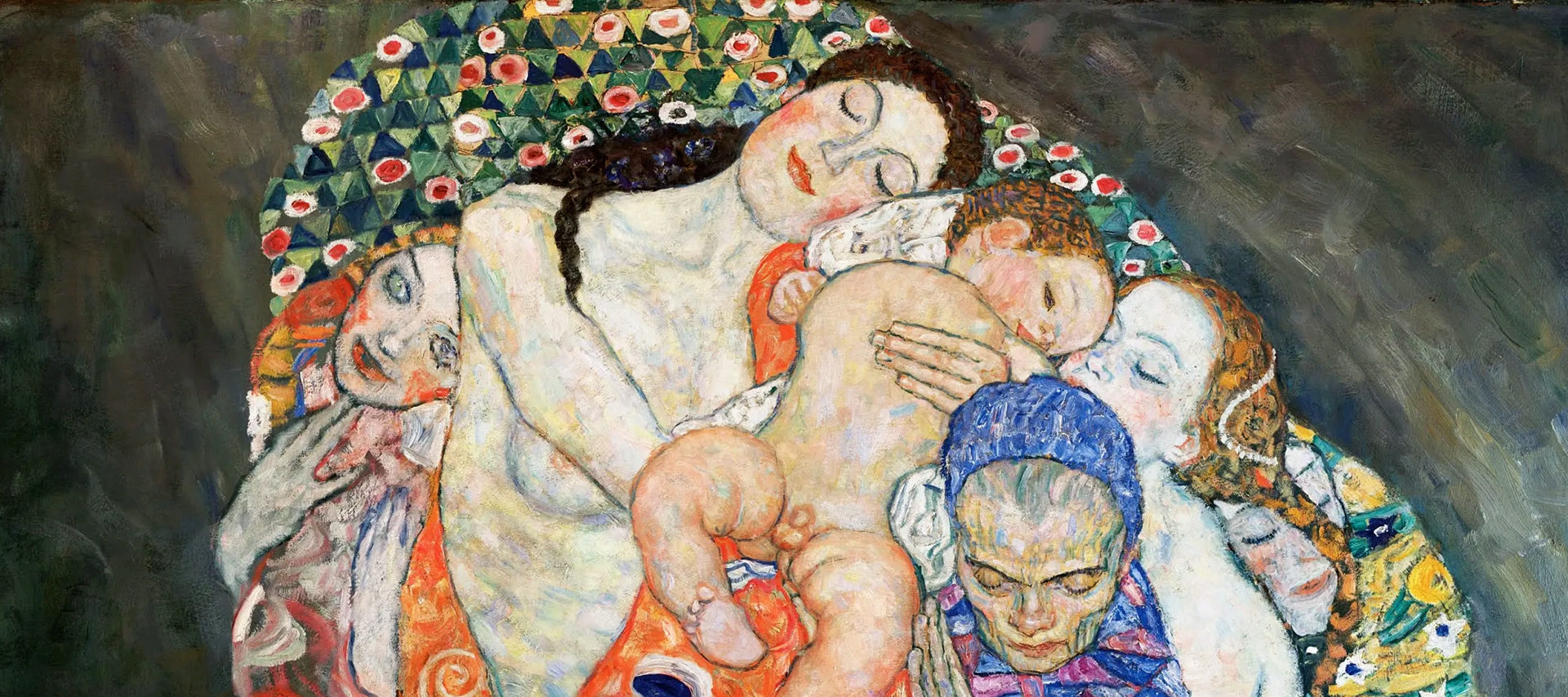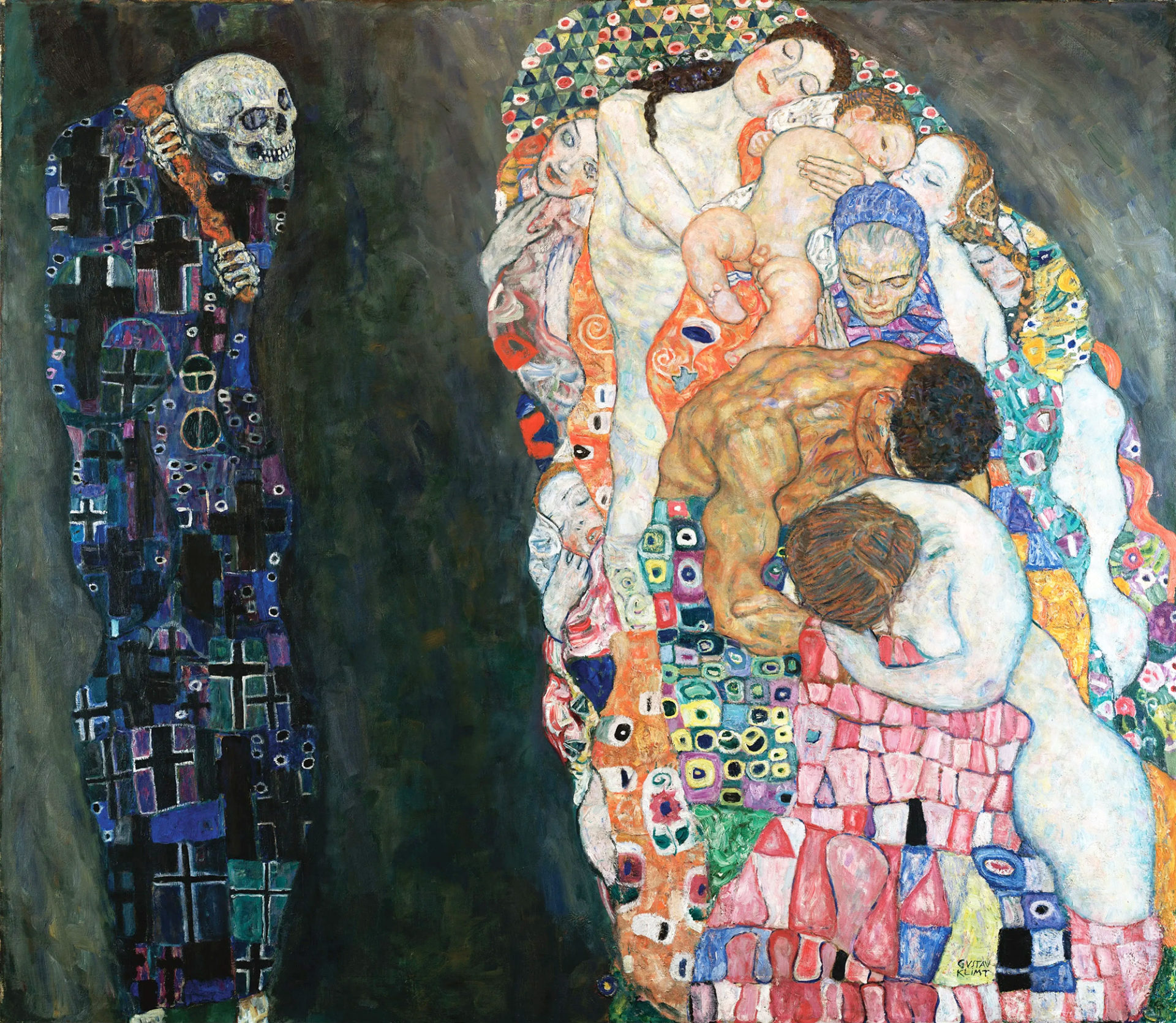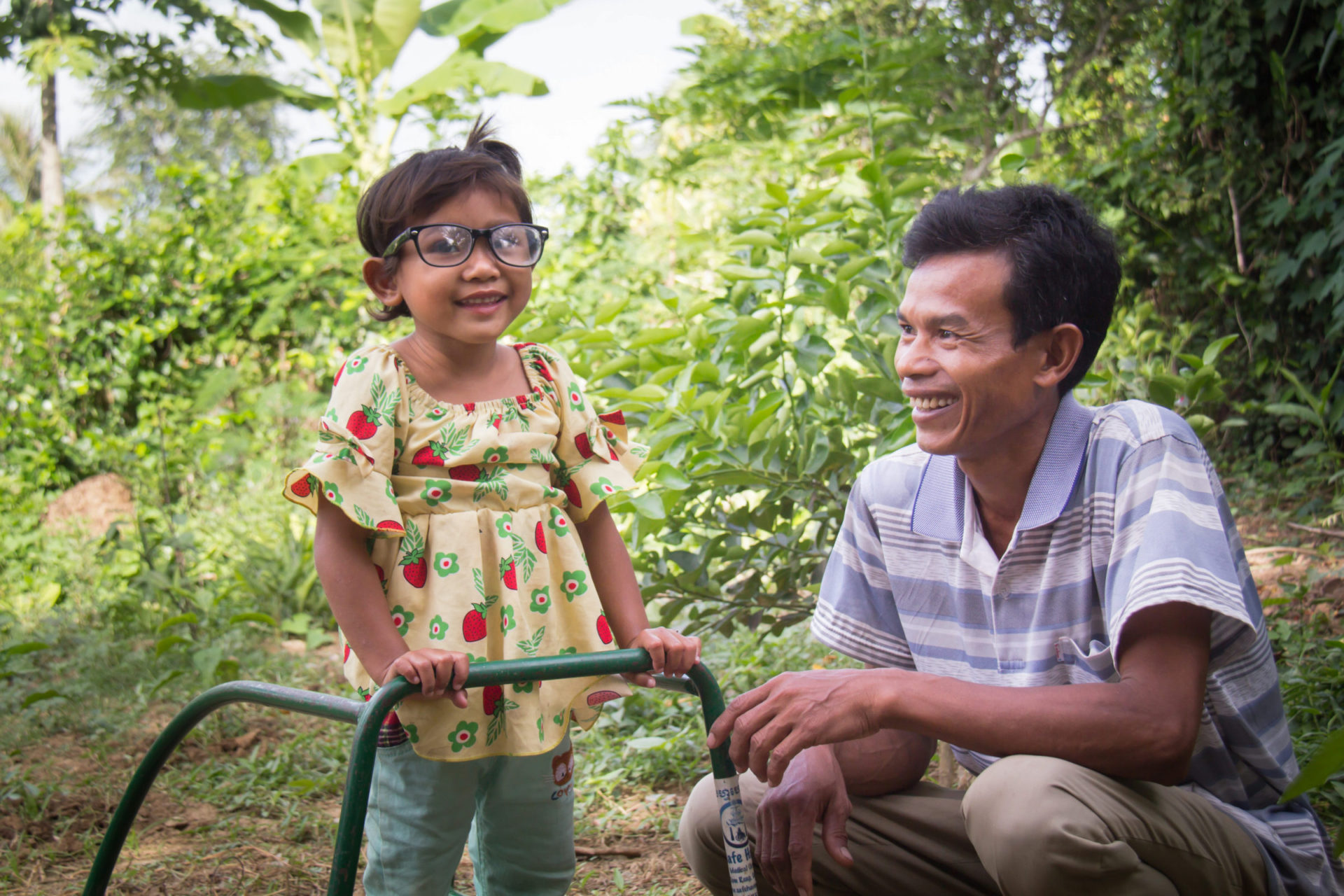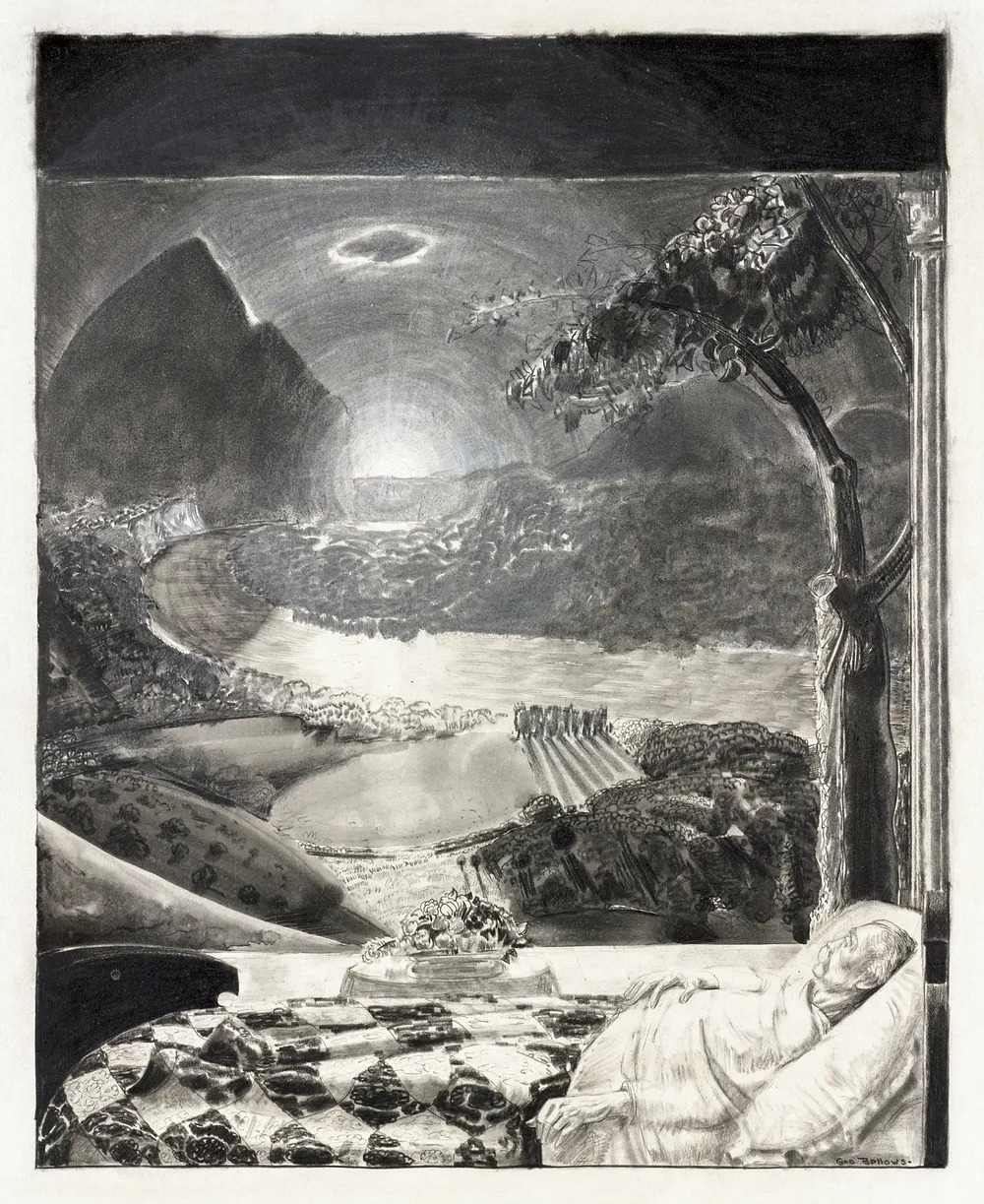

Is pain good or bad? The answer seems obvious at first — pain is bad, you idiot, or did you fall asleep in class the day they covered it? The truth, of course, is that there was no such lesson when I went to medical school. There is, as far as I know, no lecture about this at any medical school in the Western world. The extent to which we will go in order to avoid pain shows up in many lectures, but we all simply live with the assumption that pain is bad and thus we ought to avoid it.
The slightly more complicated answer that you can get in medical school (or middle school, for that matter) is that pain has a clear protective biological function, letting us know that we ought to move our hand away from a hot stove or not eat that brightly colored mushroom again. Pain that serves a function: that kind makes some sense, perhaps to let us know there’s a problem inside the body that needs to be fixed, maybe with some kind of medical technology.
Chest pain may indicate that you’re slouching in front of your computer too much, or that you need a stent in your coronary arteries to keep your heart pumping. Joint pain may mean that you need an artificial knee, or that your immune system has, in its overenthusiasm for destroying invaders, targeted your connective tissue instead. Fatigue, which can certainly feel like pain too, may mean that your thyroid hormone levels are low and need topping up or that you are depressed and need … something that insurance can reimburse the medical system for. Whatever the case, modern medicine has many pills, surgeries, and therapies designed to help alleviate pain and suffering.
Another answer to the question of pain that we often learn just before or during middle school is that some pain is necessary in order to grow, like a caterpillar that struggles to emerge from its chrysalis to become a butterfly. This answer, however, is also far short of satisfactory when there is no chrysalis in sight, only the coffin of a classmate or the incomprehensible horrors of the Holocaust.
The ethicist Gerald McKenny has dubbed our quest to relieve suffering “the Baconian project,” after Francis Bacon’s famous idea that the purpose of scientific knowledge ought to be technologies for the relief of human suffering. It seems, again, like an open-and-shut case you shouldn’t need a lecture to understand: Suffering is bad, therefore, if a technological option for putting an end to suffering exists, we ought to use it.
Yet taking this dictum and making it into a law is at the root of many evils. What if the pain can’t be fixed? How does the Baconian project bring us to see the suffering it can’t relieve?
Pain and suffering are not synonymous. A toddler who jumps you from behind and chokes you with his meaty little hands as he shouts “Hug attack!” brings a kind of pain overwhelmed by joy, as does pushing your body to run just a little further to cross the finish line. That’s not suffering. On the other hand, many people whose lives have been oriented around avoiding pain will still face many kinds of suffering, some of which can be fixed and some of which can’t. There is a legal remedy for virtually every instance of causing another person pain; there is none for causing many different kinds of suffering.
The most difficult problem facing those of us who live in the world Bacon and his disciples made is that some pain and suffering cannot be avoided in life. Every baby who emerges from the womb cries as he does; if the cold air filling his lungs is not painful per se we must still construe the shock that brings him from one strange world to another as a kind of suffering. Every mother who births a child must suffer pain, even if she has a good epidural. Between birth and death we experience many different pains in our bodies and many different kinds of suffering in our souls, much of which feels pointless. Death itself is usually preceded by significant suffering as our bodies decay, and then, when that is over, the ones who love the deceased suffer in proportion to the joy of the love they felt.

Thus, trying to eliminate pain and suffering altogether is futile, leading some cartoon supervillains and a few philosophers to suggest eliminating or phasing out all who can suffer. I presume that the philosophers who make this proposal, like the transhumanist David Pearce, are flesh and blood like the rest of us and not AI-generated programs. But it is interesting that the cartoon supervillains who want to end human suffering — think of Ultron in the 2015 Avengers movie — tend to be robots who have done the math and found that the world would be better off without humans and their physical and moral flaws. Their mechanistic language of technology pervades medicine and our talk of the human body: Our bodies “break down” or “stop working” like a car, supplements are often called “fuel,” our brains are endlessly and gallingly compared to computers, and (perhaps most ominously) we speak of “reproduction” rather than “procreation.” Our affinity for technological solutions for suffering makes us think more like evil robots than we might like.
Take a step or two back from science fiction plots, and you will see that ending the suffering by eliminating the sufferer is already part of standard medical practice. It goes right along with the fictional narratives where human beings are tinkered with toward some end — smarter, faster, better-looking, or just less prone to suffer. We don’t even have to genetically modify human beings to raise the average (although many people would like to do that, too) when the weakest among us are being snuffed out.
The euthanasia regime begins with a pitch to the smartest among us: Wouldn’t you like to go out before the party winds down, before age and decrepitude shatter the autonomy and strength you cherish so deeply? This in itself fetishizes choice and control beyond acceptable limits, but then the next step is such a foregone conclusion it can hardly be called a slippery slope: You’re a burden on the hospital and the people you love. Why not take this injection and save all of us some grief? The Canadian Medical Association Journal published a study in 2017 estimating that millions of dollars could be saved every year through medically assisted dying, underscoring the logic of the system.
Most ghoulish of all is euthanasia of people with severe mental illness, which is now legal in several countries: Those voices in your head telling you that you’re worthless and ought to die have a point, you know. Several recent cases from Canada have caught the world’s attention, involving people who have signed on the dotted line to be euthanized because they have lost their housing or otherwise have fallen through the cracks in the welfare system. [See the feature article “No Other Options” in this issue. –Ed.] One hears all kinds of dehumanizing rhetoric about people who are homeless and what “a burden” they are on the system. Opening up the possibility of a quick death to people who are already struggling with their sense of self-worth only undermines their inherent dignity even further.
For some this may be acceptable as long as the end of suffering by killing the sufferer is painless. Perhaps this can be accomplished with euthanasia (although there are some reasonable doubts about it), but at the other end of the spectrum it’s harder to pull off. Grand pronouncements have been made by virtually every medical organization that a fetus cannot feel pain until roughly the third trimester, around week 27. This opinion is based primarily on studies suggesting that the thalamocortical neural connections necessary to experience pain are not present until later in fetal development. In other words, it is based on pure conjecture — as more recent studies have shown, a fetus may not need a cortex to feel pain.
Long before the third trimester, a fetus will withdraw from an instrument and release stress hormones in response to medical procedures in the womb. Reactions like these are often chalked up to simple reflexes that you might see if you managed to tickle a baby in utero. And yet if fetal surgery that is meant to save the life of the child is performed, anesthesia is given without fail — but if you’re killing the child at the same gestational age, medical authorities assure us that the procedure is painless. Don’t believe your lying eyes when you see that baby try to move away from the forceps.
One of the most common justifications for abortion at that gestational age, regardless of the potential to feel pain, is that the person’s life would be so painful that it is better for him or her to die before taking a breath of air. After all, most abortions done in the second or third trimesters are performed either to save the mother’s life (a tragic but necessary intervention) or because the child has been found to have some kind of congenital anomaly that is believed to result in significant physical or mental problems. The decision is made on that child’s behalf to spare it (and its parents, siblings, grandparents, and friends) a lifetime of pain and suffering by killing the sufferer.
To those parents considering this immensely painful decision, I would ask them to imagine their grown child, at any stage of life and in any degree of suffering. Then I would ask them to imagine asking that son or daughter, “Would you rather have been killed than suffer all of this? Would you rather be alive or dead?” I would suspect that most of them, if they had a voice — or even if all they could do was nod their head — would say they would rather be alive.
I shouldn’t have to tell you that medical testing, fallible as it is, sometimes gets these diagnoses wrong and a child who has been predicted to suffer immensely is born with nothing wrong or with a problem that can be fixed with the medical tools we have. For the same reason, it is not terribly uncommon to abort a child who was misdiagnosed in utero — whoopsie-daisy, sorry about that, kid, but studies suggest that you didn’t feel pain. When a child with Down syndrome evades the screening process and makes it past the scalpel-bearing border guards, the world he is born into is fundamentally hostile to who he is: We would have killed you if we’d had the chance, but since you gave us the slip, here’s a onesie with the hospital logo.
Of course, nowadays there are those who are advocating for euthanasia for infants as well: If the test-and-abort regime can’t be perfect, then there should be a way to eliminate the sufferers after they’ve gotten the free onesie. It’s the same logic, just a little different.
The option to kill always punishes the most vulnerable. Those who are wealthy and currently fly to a jurisdiction where the killing is legal will find options for themselves, while laws that prevent killing are there to protect those who would otherwise want to live if not for the system that tells them they are or would be a burden. Laws that allow killing entrench and reinforce a culture that values the intelligent and able-bodied while making the disabled and infirm disappear.

Those who have struggled with severe depression will tell you that one of the worst thoughts to haunt their minds is the one that says they would have been better off having never been born. When I treat patients with depression, it is my duty as their doctor to assure them, no matter what they may have done (and some of them have done very bad things), that the demonic voice in their head is not speaking the truth. They, like every other human being, are better off alive than dead. To make the opposite judgment on behalf of another person — most of whom, if they were allowed to grow up, would be able to have some opinion on whether they prefer being alive or dead — is taking the side of the suicidal voices against the God who created us all.
Against the assumption that pain should be eliminated by whatever means possible, and its grisly outworkings, we must develop a way of life that acknowledges the reality and inevitability of pain, relieves it where we can, and then seeks to suffer with those who are still suffering. The primary answer to apparently meaningless suffering, the kind for which killing the sufferer seems to some like the most obvious solution, is sharing that suffering so its burden is distributed between as many people as possible instead of weighing on the shoulders of the sufferer alone. We do have many medical and technological gifts that can help relieve suffering, but in the end human companionship has always been necessary, and will always be necessary, to address the suffering that attends us all and afflicts some of us more than others.
Many people say they do not want to be a burden to others, or suffer the loss of their autonomy and independence. As painful as these losses are, it is actually a privilege to care for others and to be cared for. In contrast to the regnant ideal of autonomy as the norm for human existence, we must recognize that each of us is a living body “whose natural history has a trajectory,” as Gilbert Meilaender has put it. Human beings are born in total dependence, grow in strength and autonomy, and then decline before death, often reaching a point where their autonomy is attenuated or absent and dependence on others is crucial to survival. This “arc of life” perspective foregrounds the human body as it is, not the ideal rational, autonomous, non-disabled individual that dominates the social imaginary of medical ethics and decision-making.

Some people will have very short arcs of life, such as babies born with severe genetic disorders. Our duty to them is to give them pain relief and any other appropriate medical care as they live a few moments in this world before passing to the next. Others will never be fully autonomous and independent, but intensive technological interventions can still help them to be a part of a family and a community for as long as their arc lasts. At the end of life, we can allow people who are clearly at the end of their arc to pass with the judicious use of medicine that neither abruptly decides for them when their arc is ending nor stretches it beyond a reasonable end with intensive care.
We must look to the voices of the past — the people who lived before most technological means to relieve suffering — and find out how they faced suffering and their inevitable death. For example, Lydia Dugdale’s recent book The Lost Art of Dying: Reviving Forgotten Wisdom retrieves the medieval tradition of the ars moriendi to think about how preparing to die well is in fact a good way to start thinking about living well. Chief among these is helping to create communities that welcome people — even difficult people — so that no one ever dies lonely.
For those who are suffering, we need to create communities of care. This will certainly mean plugging the cracks in our welfare system so that no one has to think that death would be preferable to living. It means providing them with their basic needs, and aggressive state supports for things like physical therapy and respite care. If we believe that a human life is beyond monetary value, then we must be willing to collectively sacrifice some financial resources to make sure the inarguable goods of the Baconian project are available for those who need it most.
And to those who want to end their lives, we need a different story than the one they too often hear. We must find ways to share in their pain so they do not suffer alone. Instead of the life-denying logic that cannot live with pain and sneers at the idea of living well with suffering, we must say instead: We are here with you. We will hold your hand, clean your bottom, and sing to you. Your life is worth living despite the pain.
Exhausted by science and tech debates that go nowhere?